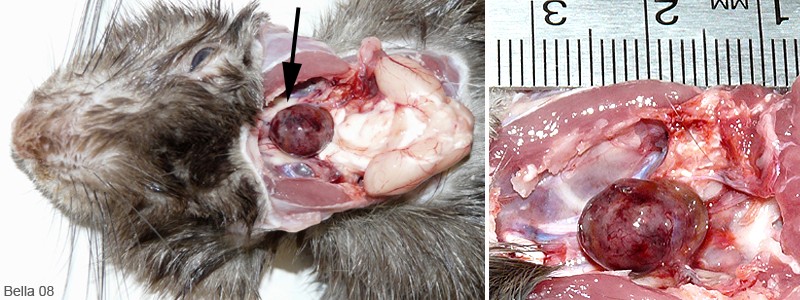Figure 3: Pituitary tumor in 18-month-old male rat (Jecht).
Case history and photos
History
Male rat 18 months of age with no history of illness. Several unexplained falls from cage ledge from about a year of age.
Clinical Signs (Last 3 weeks of life)
At 17 months of age rat presented with signs of respiratory illness: congestion, labored breathing, fluid in the lungs, lowered body temperature, loss of appetite, and weight loss. No porphyrin discharge was ever noted. There was a slight reluctance to use front paws attributed to weakness from being ill.
Diagnosis
Veterinarian diagnosed the rat with pneumonia.
Treatment
Rat was treated with Baytril and doxycycline for the pneumonia. When there was no improvement the veterinarian added amikacin for the pneumonia and Lasix to rule out possible heart disease. For a few days the rat’s appetite improved, respiration improved, and he used his front paws for eating. Enalapril was added to his medication regimen.
Clinical Signs (End stage- last 2 weeks of life)
The rat showed rapid decline.
Bumping/pressing head into owners hand while being petted, extreme bruxing (teeth grinding), had to be syringe fed (appetite was good).
The respiratory illness did not worsen. The last day of life the owner found him in his cage totally unresponsive.
Outcome
When the rat became unresponsive he was euthanized.
Necropsy and Diagnosis
A necropsy was performed. A very large pituitary tumor was found.
Additionally, the lungs showed signs of slight pneumonia.
Discussion
Even though an extremely large pituitary tumor was found during the necropsy none of the clinical signs associated with pituitary tumors were consistent or pronounced, and many were absent (head tilt, trouble balancing while walking, etc.).
In hindsight, although the rat never had trouble balancing, occasionally the owner noticed the rat would curl his front paws while walking (knuckling). The falls when the rat was younger may have also been a sign of pituitary involvement.
We have noticed anecdotally that some rats with confirmed pituitary tumors exhibit few overt “classic” clinical signs attributed to pituitary tumors, and that most of the intermittent (and slight) signs of pituitary involvement are often attributed to other causes.
Photos
 The arrow points to a massive pituitary tumor. The gland is approximately 20-30 times the normal size and has caused a depression in the brain tissue. |
Case History information supplied by Mary Zieten
Necropsy and photos by J. “Bella” Hodges


